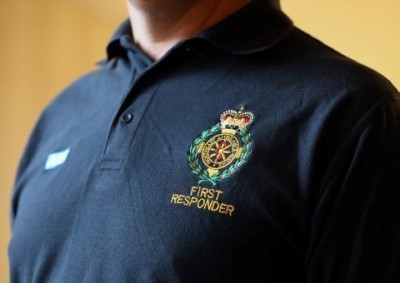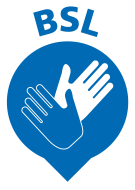North East Ambulance Service is targeting eight areas across the region to expand its army of volunteer community first responders in a bid to save more lives

There are currently 100 community first responders (CFRs) volunteering their time across the North East, supporting patients within their own communities whilst emergency ambulance crews are travelling.
Every year, CFRs offer around 29,000 hours of their own time to help their local communities by attending more than 1,400 incidents, providing vital life-saving support, or simply a reassuring face, in the minutes between a 999 call being made and the crew’s arrival.
Now, thanks to a £181,080 grant from NHS Charities Together, NEAS is recruiting volunteers to create a further 24 new CFR schemes to support communities in most need, who are not currently covered by CFR schemes, increasing CFR numbers by 23%.
Recruitment began in July, and there are now just seven areas remaining where volunteers are needed:
- Blakelaw
- Ferryhill East
- Cornforth
- Newbiggin
- Redcar Lakes south
- Seaham
- Shotton & Haswell
- Walker
- Ingleby Barwick
Recruitment of the new CFRs is now open and closes on 5 October. Training will take place over the coming months, with a view to the new CFRs taking up their voluntary positions by the end of the year.
The funding will also pay for a defibrillator upgrade project for all community first responders, as well as additional falls equipment to allow more trained first responders to attend patients who require assistance following a fall, but do not require medical treatment.
Victoria Court, deputy chief operating officer, said: “Our CFRs come from all walks of life, and all have many different reasons for choosing to volunteer their time to support us and their local communities.
“Living within the communities they serve, they can often be on scene almost immediately, providing basic life support, observations and initial treatment whilst the ambulance crews are travelling. They also often remain on scene, offering a much-appreciated extra pair of hands to the attending crew. Their contribution really does save lives, can reduce pain, prevent or reduce hospital stays and provide reassurance to those requiring emergency care.
“It’s fantastic to be able to develop our community first responder scheme further and we look forward to welcoming our new volunteers into our service.”
Paul Brolly, first responder co-ordinator in the community resuscitation and development team at NEAS, said: “There are specific areas of the North East that are currently under-represented by CFRs or that have experienced additional pressures due to Covid and therefore we are looking to increase our volunteers to match the areas that need support.
“Following our first round of recruitment in July, we have enough interest to cover the majority of the 24 areas we’ve identified, but there are still seven areas we would really like to introduce schemes into.
“As well as increasing volunteer numbers, it’s great to be able to invest in new equipment for them and to increase our falls response capability. Our CFRs have helped 207 patients since undergoing additional training to be able to support with falls patients, and their average response time is 12 minutes. With support from a clinician over the phone, they are often able to discharge that patient on scene, negating the need for an ambulance. As well as providing timely care for that patient, this service therefore also frees up ambulances for higher priority calls, supporting the Trust’s overall response times for patients.”
Dunmail Hodkinson began volunteering as a CFR in Newbrough in 2010 and is now one of the CFRs trained to attend to falls patients.
He said: "I'd just taken an outdoor first aid course and becoming a first responder gave me the opportunity to help in my local area and also to keep my skills up to date. The role and the equipment have changed over the years but we get regular training, backup and support from our team so that we're ready to respond.
“It can be really rewarding. If somebody’s having a bad day, they’re one of our neighbours, and this gives us the chance to go and help them. It might be as simple as being a friendly face and looking after them and having a chat until the ambulance crew arrive, but some people are seriously ill and we can make a genuine difference to them. It’s really satisfying when somebody is ill and the interventions you provide actually makes a difference. It makes you feel appreciated and it gives you confidence in yourself.
“If you want to learn those life-saving skills yourself, put something back in to the community you live in, and meet some people that you probably wouldn’t otherwise meet, then it’s a really good thing to do. I’ve met all sorts of people that if I hadn’t been a community first responder I would never have met.”
Susan Bainbridge has volunteered in her local community of Middleton in Teesdale for 10 years, having signed up after retiring.
“I was a first aider for nearly 30 years at work and I enjoyed first aid so when my friend told me about the first responder role I applied,” she said.
“The difference you can make in the community is huge. People know what l do and they approach me with problems and I always get thanks from people l have helped.
“The falls equipment has been vital as people collapse in the smallest of rooms and the Mangar Camel, after checks, can be operated by me to lift a patient from the floor which is great. We have a great team who is always happy to help.”

